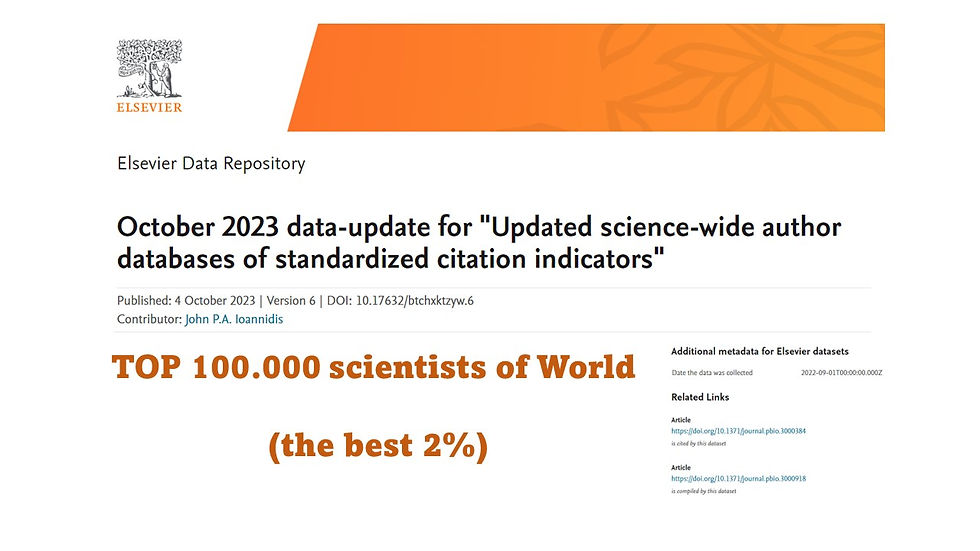Plantas pagam por proteção - Estudo Internacional mostra que plantas investem na produção de néctar
- Kleber Del Claro
- 26 de ago. de 2017
- 2 min de leitura

Veja a gota enorme de néctar entre as mandíbulas dessa Ectatomma!
Néctar, substância rica em açúcares, aminoácidos, lipídeos, além de água. Você sabia que o néctar pode ser produzido fora das flores, em néctários extraflorais, que nada tem a ver com a polinização das plantas, mas sim com a sua DEFESA.
É o que nos revela um grupo de pesdquisadores do Brasil, México e Espanha, que se uniram para mostrar que as plantas podem investir em um maior volume de néctar e em uma maior concentração de açucares atraindo as formigas mais agressivas para atuar em sua defesa contra insetos herbívoros. Olhe
Este estudo revolucionário em interações animais-plantas acaba de ser publicado no histórico Biological Journal of the Linnean Society - renomada revistra britânica.
O trabalho de Roberth Fagundes (doutorado), foi orientado por Kleber Del Claro da UFU e contou com a participação dos pesquisadores da UFOP, Sérvio Pontes Ribeiro, do México Victor Rico-Gray, da Espanha Pedro Jordano. Além disso, o brasileiro radicado no México que tem se tornado uma referência mundial em redes de interações, Wesley Dáttilo, reforça o grupo.
Biological Journal of the Linnean Society, 2017, 122, 71–83. Differences among ant species in plant protection are related to production of extrafloral nectar and degree of leaf herbivory R. FAGUNDES1,2,3, W. DÁTTILO4, S. P. RIBEIRO3, V. RICO-GRAY5, P. JORDANO6 and K. DEL-CLARO2* 1Instituto de Ciências Exatas e da Natureza, Universidade da Integração Internacional da Lusofonia Afro-Brasileira, Acarape, Ceará, C.P. 62785000, Brasil 2Instituto de Biologia, Universidade Federal de Uberlândia, Uberlândia, Minas Gerais, C.P. 38405320, Brasil 3Instituto de Ciências Exatas e Biológicas, Universidade Federal de Ouro Preto, Ouro Preto, Minas Gerais, C.P. 35400000, Brasil 4Red de Ecoetologia, Instituto de Ecología A.C., Xalapa, Veracruz, C.P. 91070, México 5Instituto de Neuroetologia, Univesidad Veracruzana, Xalapa, Veracruz, C.P. 91190, México 6Estación Biológica de Doñana, EDB-CSIC, Sevilla, C. P. E41092, Spain
Many studies assume that all ant species collecting extrafloral nectar defend plants against herbivores, although ant–plant interactions are facultative, generalized and have variable outcomes. With over 280 h of observations in an area of Rupestrian Grasslands (Ouro Preto, Brazil), we described the network of interactions between 2313 ants of 23 species and 200 plants of 10 species. Ants from all species were further submitted to an identical task of finding and removing a standardized herbivore surrogate (termites) to quantify the relative protection effectiveness of different ant species. We then correlated ant protection to the volume and concentration of sugar in the nectar as conditional factors and the herbivory damage as interaction outcome. We found that 11 of the 23 species of ants attacked and removed 933 of 2000 termites. All plant species interacted with effective ant protectors, although the identity of the best protector varied among plants. The degree of ant protection was positively associated with sugar concentration of nectar, which further explained the variation in leaf damage among plant species. Our study provides evidence that ant protection varies among ant species and is enhanced by the plant investment in nectar reward, resulting in less herbivory for the partner plant. We also showed that the most protecting ant species are those that are most connected and thus spread the benefit throughout the network.






Highly recommend Sikkim Game to anyone who loves strategy and fun gameplay. Sikkim Game
Great experience so far with Big Mumbai — secure transactions, quick withdrawals, and lots of fun games! Big Mumbai
Just a suggestion - it would be great if TC Lottery added more mini games or prediction options. Overall, loving the app! tc Lottery
The transparency in Lottery 7 draws makes it feel more trustworthy compared to others. Lottery 7 Login
"Diu Win Game offers an exciting and immersive gaming experience. If you're looking for something fresh, this game is definitely worth a try!
Diuwin Game | Diu win Login